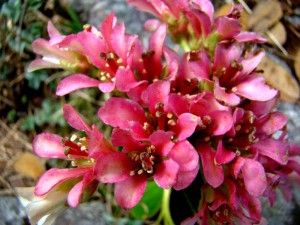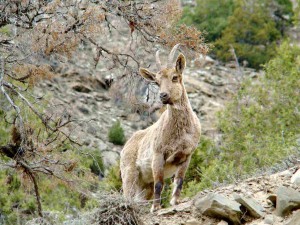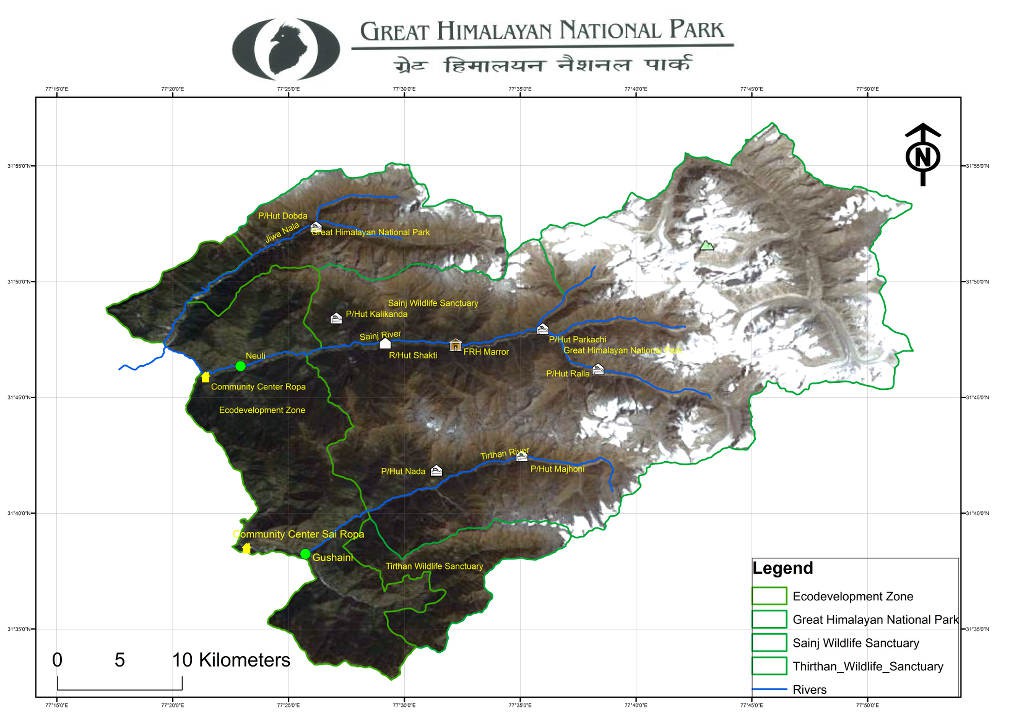
Park Introduction
Park Introduction
The Great Himalayan National Park (GHNP) is located in the Banjaar sub-division of Kullu district of Himachal Pradesh, India, in the far western Himalaya.
Initially constituted in 1984, and formally notified as a national park in 1999, GHNP is a relatively recent addition to a network of protected areas in northern India and adjacent countries which increasingly provide protection to the Himalaya.
The Himalaya as a whole is listed as one of Conservation International’s 34 major biodiversity hotspots. The Himalaya Hotspot contains not only the world’s highest mountains and associated alpine ecosystems but also large expanses of lower-elevation temperate and subtropical forests and grasslands. It spans 3,000km east to west, and 300km to 500km north to south.
Hotspots are defined by various criteria, including the presence of high percentages of endemic plants and animals, and high biodiversity. GHNP easily fulfills these criteria, and is home to 832 & 386 number of floral and faunal species, respectively, which includes the rarest Himalayan blue poppy, the western tragopan and the Himalayan tahr.
The World Wide Fund for Nature (WWF) has listed parts of the Himalaya in its Global 200 analysis of critical ecosystems (since 2001), and GHNP is within one of them.
In 1994, two major changes were made to land use around GHNP, which covers an area of 754.4km². A buffer zone extending 5km from the park’s western boundary was reclassified as an ecozone. 265.6km² in area, this zone includes approximately 2,300 households in about 160 villages. Most of the ecozone’s population (between15,000 and 16,000 residents) are poor and depend on natural resources for their livelihoods. Having moved away from exploiting the park’s resources, they now work in areas as diverse as basking making, vermicomposting, organic farming, medicinal plant cultivation, ecotourism and many other income generation activities.
The second change was the creation of the Sainj Wildlife Sanctuary (90km²) to surround the three villages of Shagwar, Shakti and Maror. Another protected area, known as Tirthan Wildlife Sanctuary, was also established on the southern edge of GHNP. This is uninhabited and covers 61km².
In 2010, 710km² of the Parvati river catchment, contiguous to the northern boundary of GHNP, was instated as Khirganga National Park ‒ adding further biological diversity, conservation value and physical protection to GHNP.
The boundaries of GHNP are also contiguous with: the Pin Valley National Park in theTrans-Himalaya range (675km²); the Rupi Bhabha Wildlife Sanctuary in the Sutlej watershed (503km²); and the Kanawar Wildlife Sanctuary in Parvati valley (107.29km²).
The park and its ecozone lie within the overlapping boundaries of several major ecological areas and faunal regions, including:
- The dry deserts of interior Asia.
- The well-watered lowlands of the Indian plains.
- The Indomalayan and Palearctic Realms.
- The high plateau of Tibet.
- The Himalayan peaks.
- The catchments of the Beas and Sutlej rivers (both significant tributaries of the Indus).
Although they cover a relatively small area, the park and ecozone have a complex geography with large variations in altitude. This allows them to sustain a huge range of plant and animal species, characteristic of south-east Asian forests as well as the Siberian and Asian steppes, and ranging from the subtropical to the alpine. Few ecological sanctuaries of similar size encompass such diversity.





